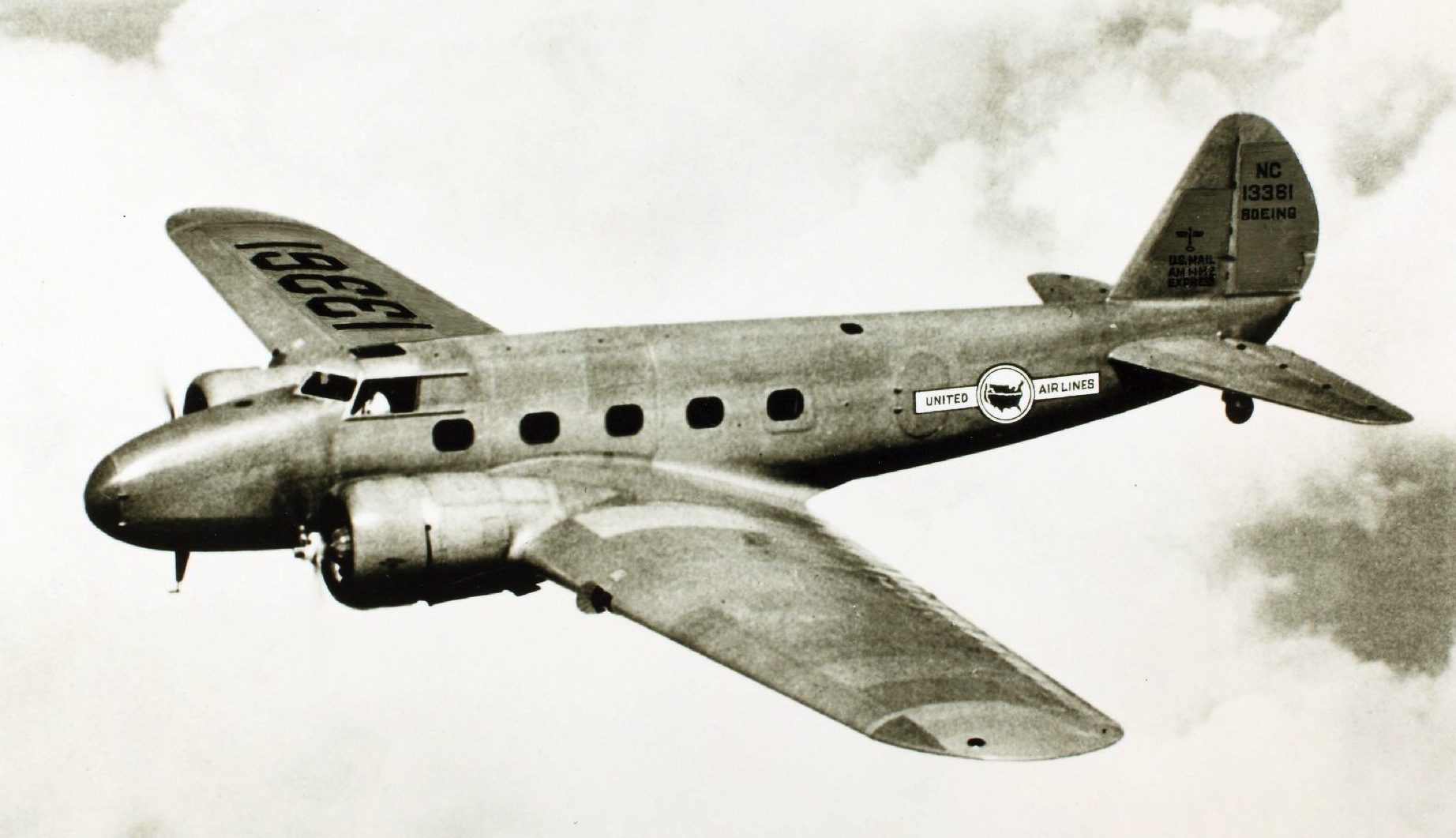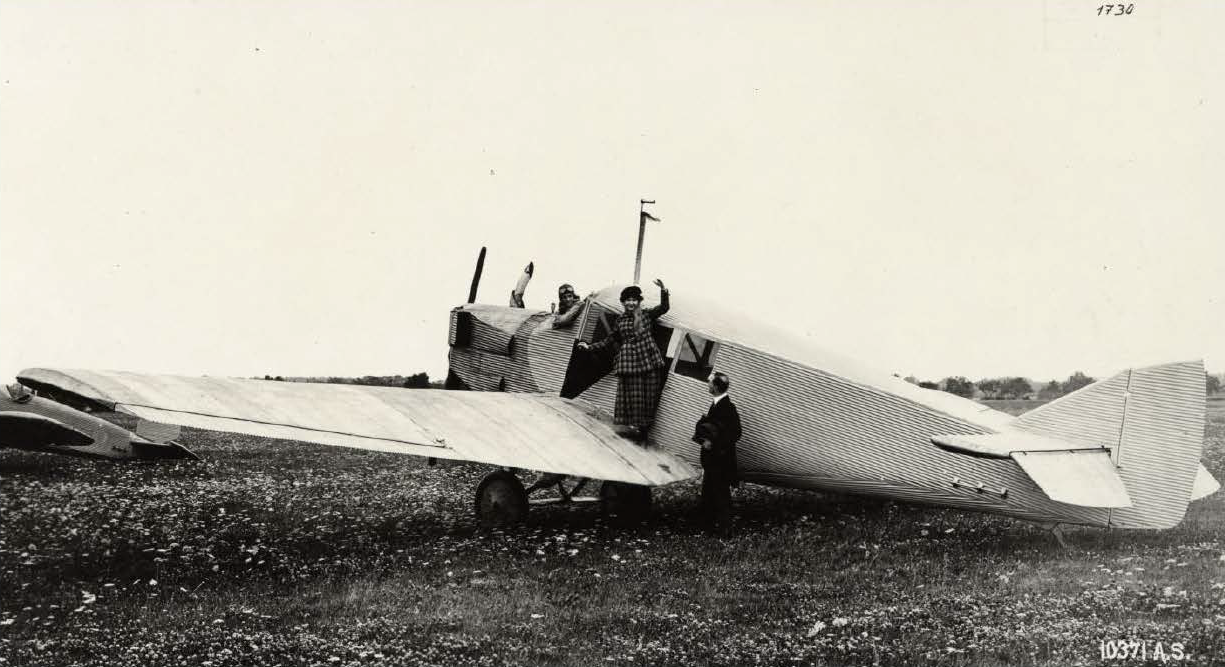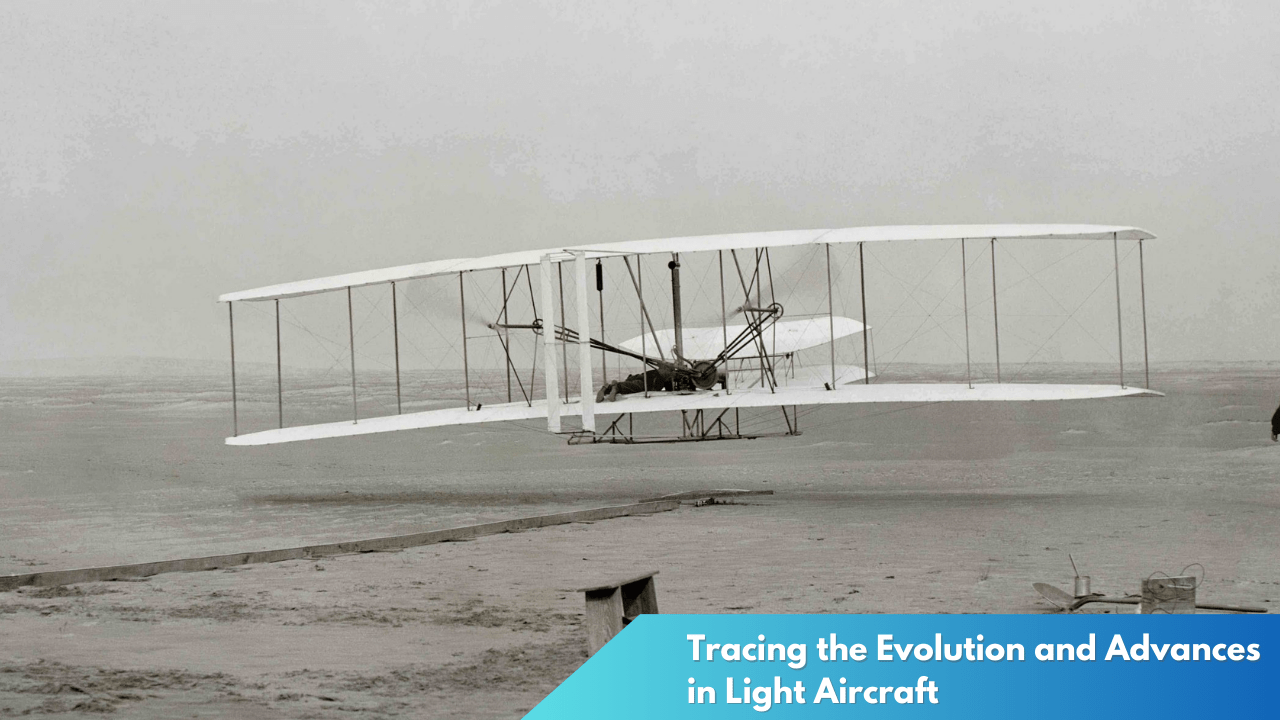Tracing the Evolution and Advances in Light Aircraft
The world of aviation is marked by continual innovation and progress, with light aircraft standing as a testament to the transformative power of technological advancement. From the early days of flight to the present era of cutting-edge design and safety features, light aircraft have evolved significantly. This article delves into the historical evolution of light aircraft design and examines the modern technological advances that have enhanced their safety.
Tracing the Evolution of Light Aircraft Design

The inception of light aircraft can be traced back to the early 20th century, shortly after the Wright brothers’ historic flight in 1903. Initially, these aircraft were rudimentary, often crafted from wood and fabric, reflecting the limited technology and materials available at the time. The primary focus was on achieving lift and basic control, which is why early designs such as the Piper Cub and Cessna 140 were simple yet effective. These aircraft played a crucial role in democratizing flight, making it accessible to hobbyists and smaller commercial operators alike.
As technology progressed through the mid-20th century, light aircraft saw significant design improvements, particularly in aerodynamics and materials. The post-war era introduced the use of aluminum alloys, which enhanced the durability and performance of these planes. Innovations in engine technology also allowed for increased power and fuel efficiency, enabling longer flights and better overall performance. This period marked a shift from purely functional designs to more refined, efficient, and customizable aircraft, accommodating a broader range of uses from personal leisure to business transport.
In recent decades, light aircraft design has embraced advanced materials such as composites, which provide strength without the added weight. The integration of computer-aided design (CAD) has allowed manufacturers to refine aerodynamics with unprecedented precision. These advancements have not only improved flight performance but also reduced production costs, making light aircraft more accessible to a wider audience. Today’s designs emphasize versatility and user-friendliness, reflecting the diverse needs of pilots in a rapidly evolving aviation landscape.
Advances in Technology Boost Light Aircraft Safety

The safety of light aircraft has improved dramatically due to advances in technology. One of the most significant developments is the integration of avionics systems, which provide pilots with real-time data and automated controls that enhance situational awareness. Modern glass cockpits, equipped with GPS, weather radar, and autopilot systems, have replaced traditional analog gauges, offering enhanced accuracy and ease of use. These innovations not only improve safety during flight but also reduce the cognitive load on pilots, allowing them to focus on critical decision-making processes.
Another crucial advancement in light aircraft safety is the introduction of ballistic parachute systems. These systems deploy a parachute in the event of an in-flight emergency, allowing the entire aircraft to descend safely to the ground. Originally developed for ultralight aircraft, this technology has been adapted for use in a wide range of light aircraft, providing an additional layer of safety and peace of mind for pilots and passengers. The widespread adoption of such systems underscores the industry’s commitment to safety and innovation.
Furthermore, advancements in engine technology have contributed significantly to the reliability and safety of light aircraft. Modern engines are more efficient and robust, incorporating advanced monitoring systems that detect and alert pilots to potential issues before they become critical. This proactive approach to engine management, combined with regular maintenance protocols, ensures that light aircraft remain safe and reliable under various operating conditions. As technology continues to evolve, the aviation industry remains focused on enhancing the safety features of light aircraft, ensuring that they remain a viable and secure mode of transportation.
The evolution of light aircraft design and the technological advancements that have enhanced their safety demonstrate the dynamic nature of the aviation industry. As we look to the future, continuous innovation promises to further revolutionize light aircraft, making them safer, more efficient, and more accessible than ever before. These developments not only honor the legacy of early aviation pioneers but also pave the way for a new era of flight, characterized by cutting-edge technology and an unwavering commitment to safety.



